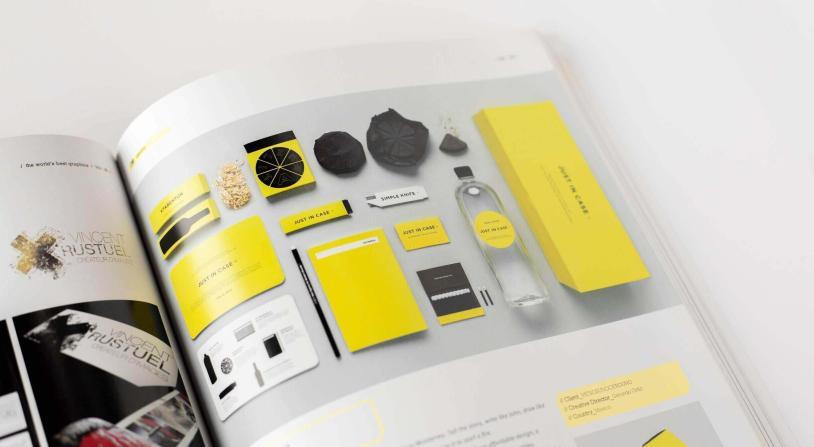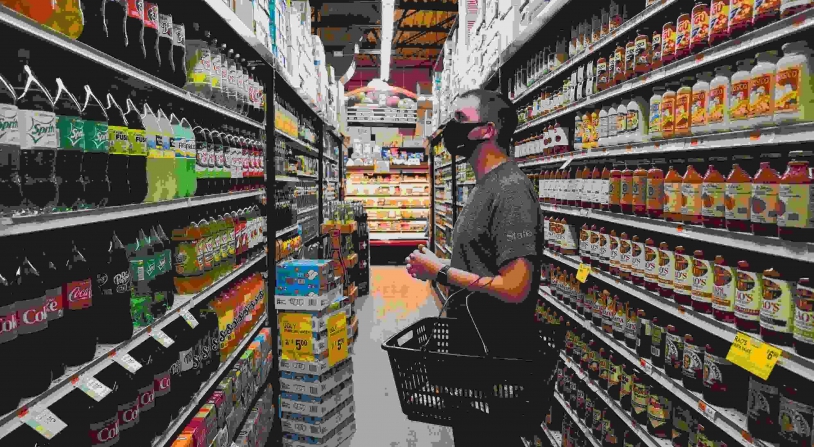It seems like just about every week another trade show, conference, or convention is canceled due to COVID-19. Many of these have been restructured and planned as “virtual” events. And, while it can be tough for thousands of exhibitors to get the same attention or generate the same buzz that they might at an in-person event, virtual events do offer some unique opportunities to build brand value and trust. Let’s look at some ways to take advantage of those opportunities.
There’s never been a better time to get very good at social media. These platforms have come to dominate how billions get their information, and they can offer marketers easy ways to connect with an audience and generate buzz before, during, and after events. But here’s the rub… while brands can and should have active and engaging social media accounts, trends show that influencers tend to offer better results on these platforms.
Shifting to influencer engagement can create some of the same organic communication and connection that happens at conferences and trade shows. Developing a more personal, ongoing, and engaged rapport with the audience allows the exchange of information to happen without the audience feeling like they’re talking to a system of an organization, rather than a warm, familiar face. The ultimate goal for influencer-driven social interactions is to create emotional connections and “sharable” connections that ripple out across the influencer’s network.
Another shift that must be made is in process, including planning, implementation, and expectation. Instead of investing big on opportunities to connect “live and in person,” comms teams and brand reps need to build around the unique dynamics of a virtual presentation and 24/7 ongoing social conversations. Time becomes a crucial factor in two ways: messages must hit at the right moment, and they must also be ongoing. That means narrative control must be nimble enough to catch people right where they are, making a positive impression, and versatile enough to shift and flow as the message is passed along.
Focus on opportunities to bring people back together, to refocus the message, reconnect with the narrative, and refresh the audience with something new and interesting to pass down the line. And that may be the biggest takeaway: virtual conferences are not “one-and-done” communication opportunities. They should be viewed as the beginning of long-term conversations full of potential jumping on or jumping off points.
Chunk information so that targeted audiences can take what they want while not being stuck sitting through virtual meetings that just aren’t what they’re looking for. Think of it as the virtual equivalent of breakout sessions or topic-specific presentations. And, once again, produce these connection opportunities with a mind toward starting discussions rather than delivering standalone messages.
Keep the focus on connection and conversation. Make sure the messaging is timely and timeless, and build in multiple opt-in and opt-out opportunities. Do that and, while virtual conferences may not be as successful as in-person events, they will still deliver solid results.
The Use of Storytelling to Build Strong Brand Identity
In an increasingly crowded and competitive market, building a strong brand identity is essential...
Brand Positioning in a Competitive Food and Beverage Market
Brand positioning is increasingly important in the competitive food and beverage market. It's not...
The Role of Inclusive Branding in Multicultural Marketing
In today's diverse and multicultural society, brands have a responsibility to embrace inclusive...



